Best Timing for Driveway Resurfacing
Determining the best time for driveway resurfacings involves considering weather conditions, temperature, and humidity. Typically, dry and mild weather ensures proper adhesion and curing of new surfaces, leading to longer-lasting results. Temperature fluctuations can impact the curing process, making certain seasons more suitable than others.
Spring offers moderate temperatures and lower humidity, ideal for driveway resurfacing projects. It allows sufficient time for curing before summer heat or winter cold.
Summer can be suitable if temperatures are not excessively high. Early mornings or late afternoons are preferred to avoid extreme heat that can affect materials.
Fall provides cooler temperatures and less rainfall, making it a good season for resurfacing before winter.
Winter is generally unsuitable due to cold temperatures, snow, and ice, which hinder proper curing and can damage the surface.
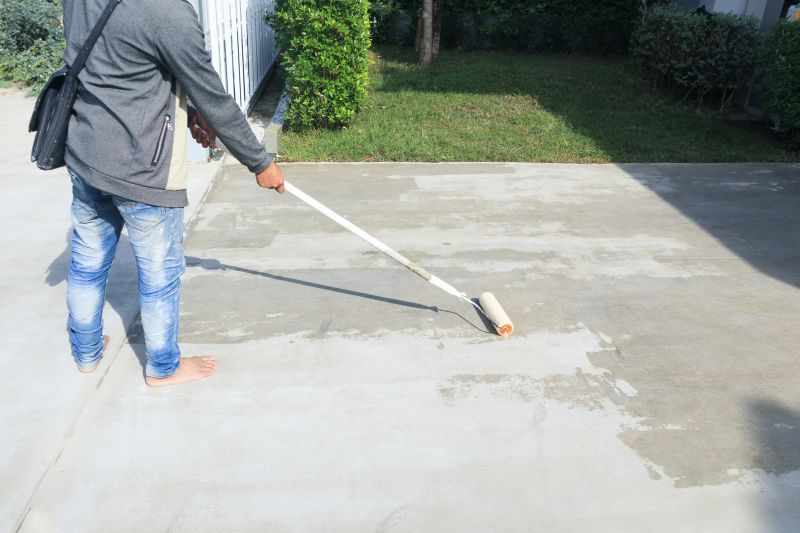
Spring weather supports effective resurfacing with optimal curing conditions.
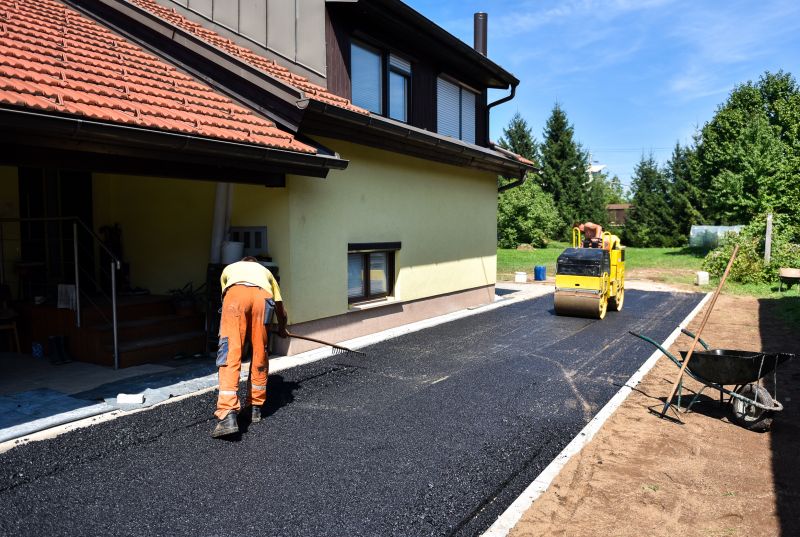
Resurfacing during early summer mornings helps avoid high daytime temperatures.
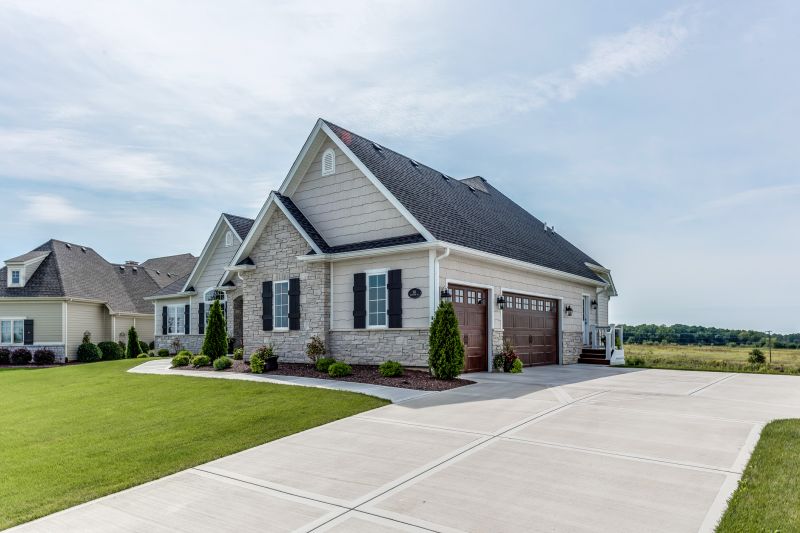
Cooler fall temperatures facilitate proper curing and long-lasting results.
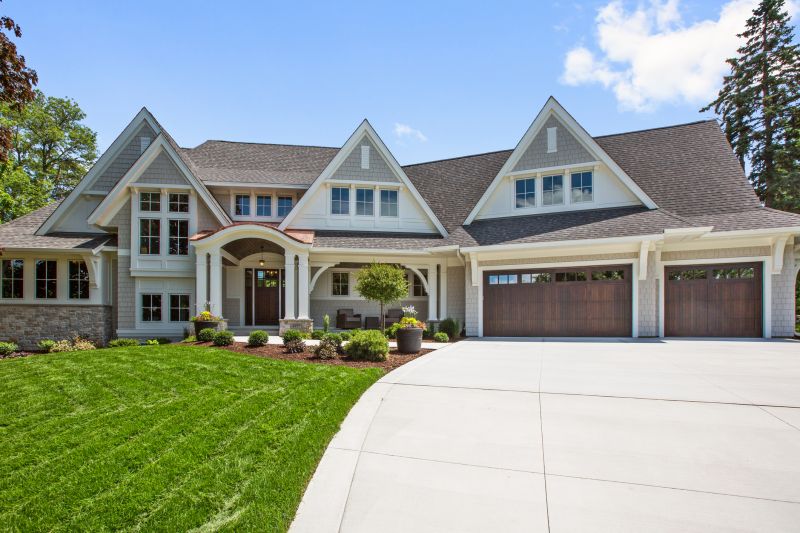
Ways to make Driveway Resurfacings work in tight or awkward layouts.
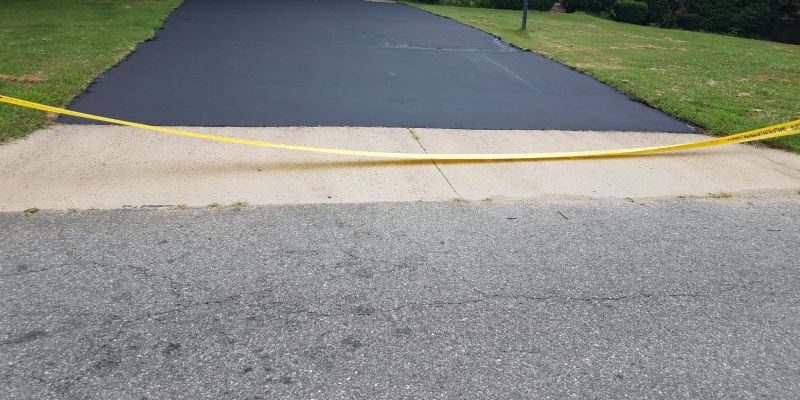
Popular materials for Driveway Resurfacings and why they hold up over time.
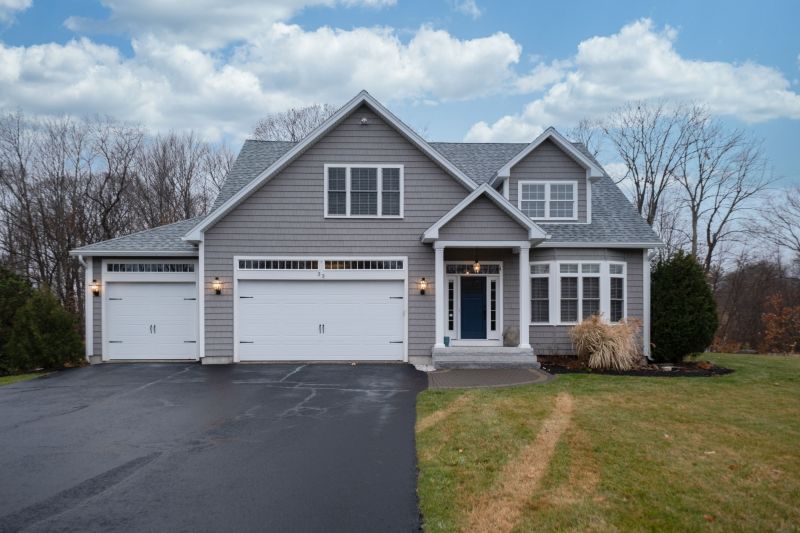
Simple add-ons that improve Driveway Resurfacings without blowing the budget.
| Season | Ideal Conditions |
|---|---|
| Spring | Moderate temperatures, low humidity, dry weather |
| Summer | Early mornings or late afternoons, avoid extreme heat |
| Fall | Cool temperatures, minimal rainfall |
| Winter | Cold temperatures, snow, and ice make resurfacing unsuitable |
Driveway resurfacings enhance the durability and appearance of existing surfaces, offering a cost-effective alternative to complete replacements. Proper timing ensures the materials cure correctly, extending the lifespan of the driveway. Statistics indicate that scheduling resurfacing during optimal weather conditions can increase the longevity of the surface by up to 20%. The process involves cleaning the existing surface, applying a primer if necessary, and then laying the new surface material, which requires specific temperature and humidity levels to achieve the best results.

Specialized equipment ensures a smooth and durable surface.

High-quality materials contribute to longer-lasting results.
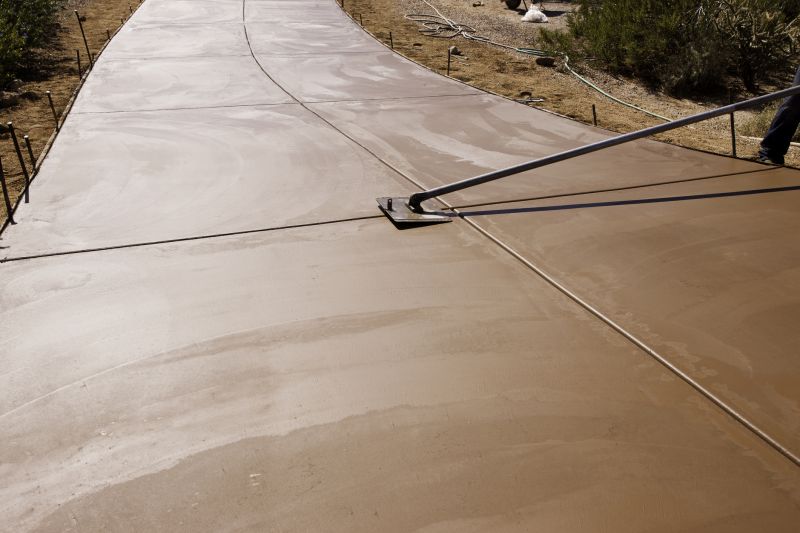
Proper timing and technique are key for a successful project.
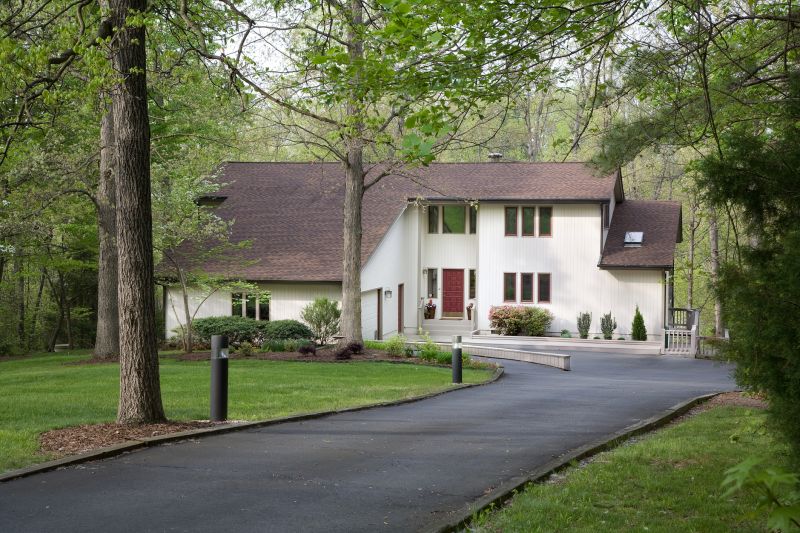
A well-timed resurfacing enhances curb appeal and durability.
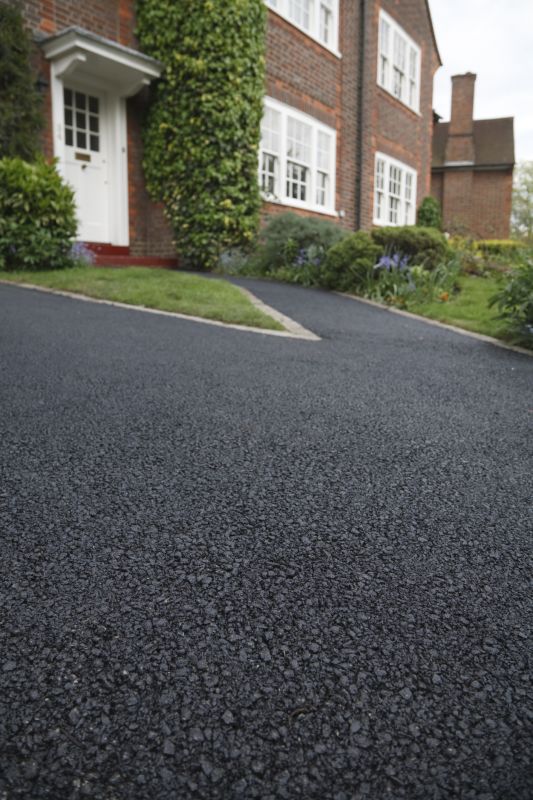
High-end options that actually feel worth it for Driveway Resurfacings.

Finishes and colors that play nicely with Driveway Resurfacings.
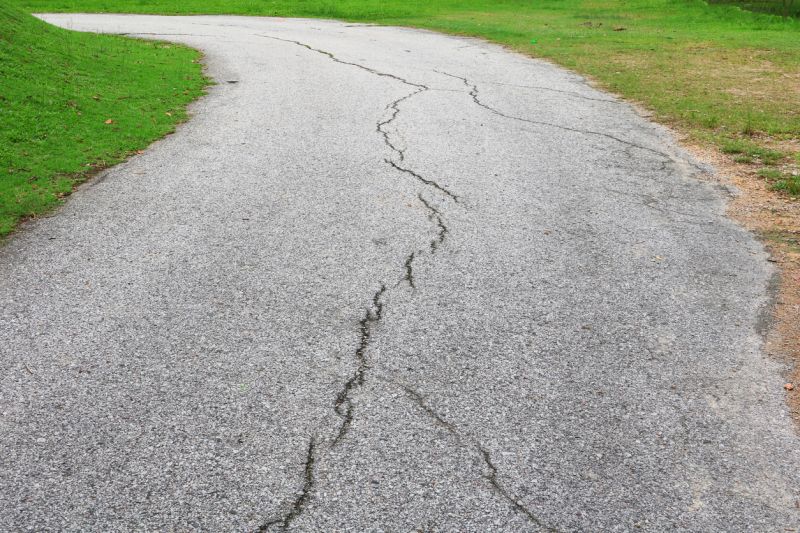
Little measurements that prevent headaches on Driveway Resurfacings day.
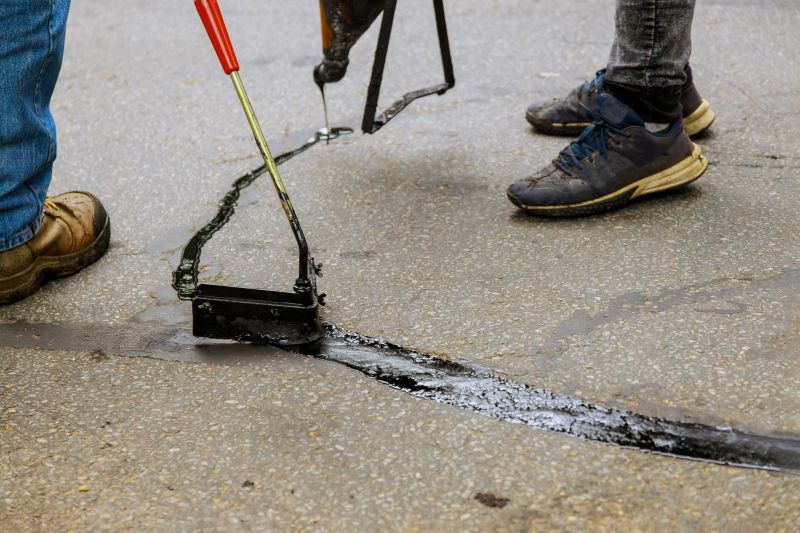
A 60-second routine that keeps Driveway Resurfacings looking new.
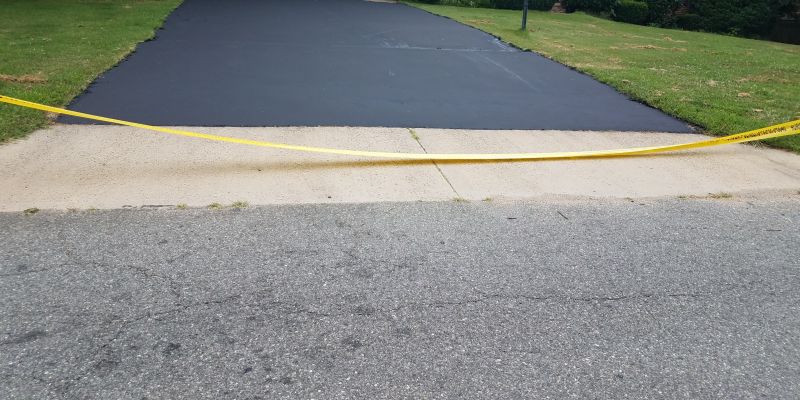
A frequent mistake in Driveway Resurfacings and how to dodge it.
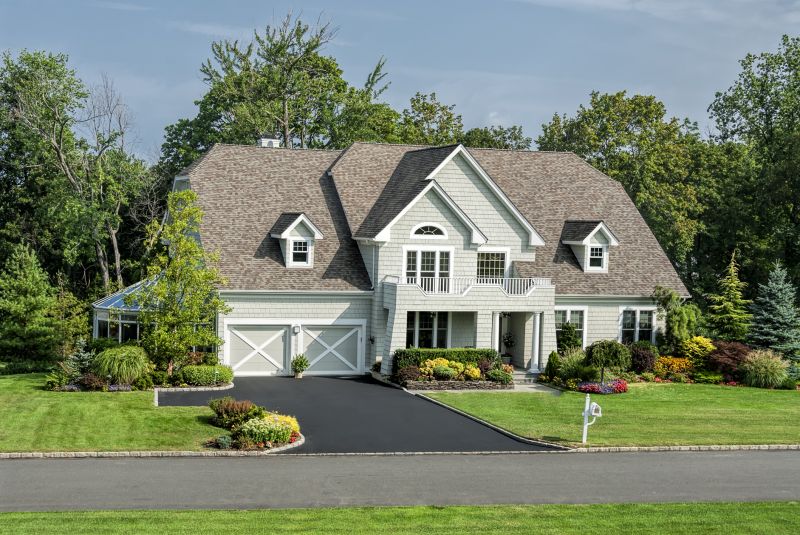
Small tweaks to make Driveway Resurfacings safer and easier to use.
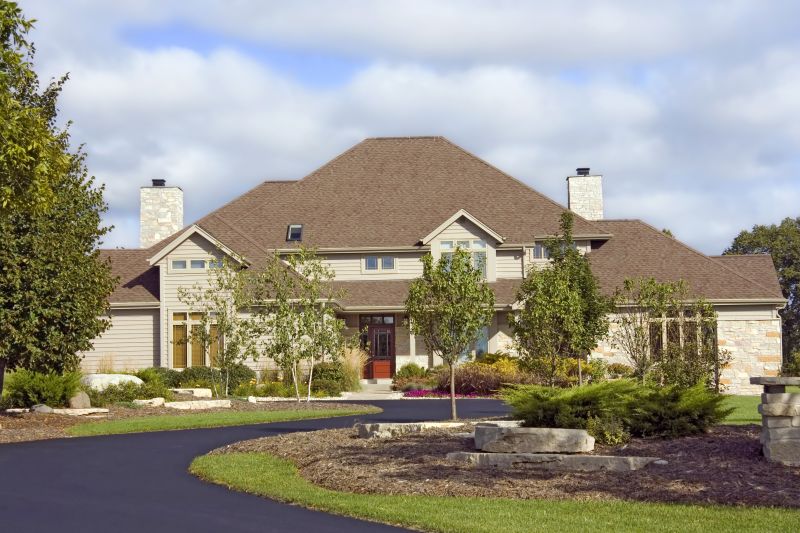
Lower-waste or water-saving choices for Driveway Resurfacings.
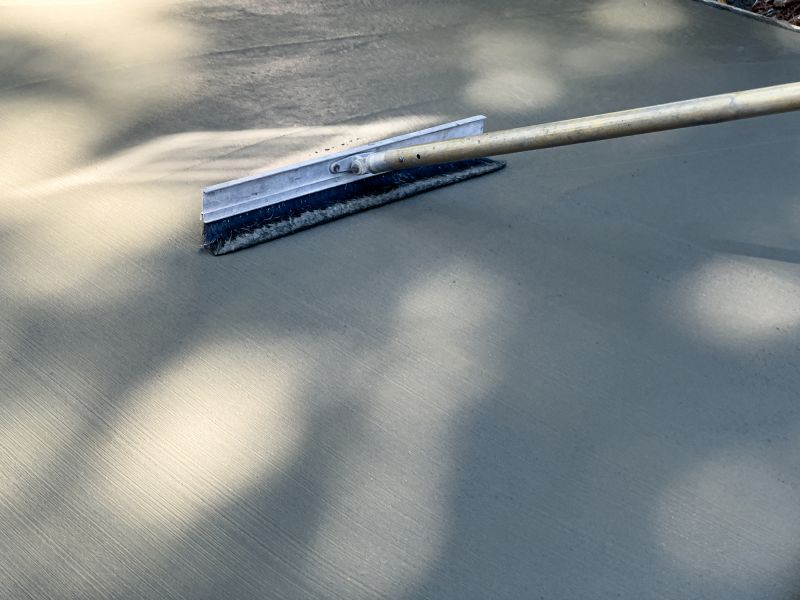
The short, realistic tool list for quality Driveway Resurfacings.
Interested in scheduling a driveway resurfacing? Filling out the contact form can provide more information on available options and optimal timing based on local climate conditions. Proper timing not only improves the appearance but also extends the lifespan of the driveway surface, making it a valuable investment for property maintenance.



